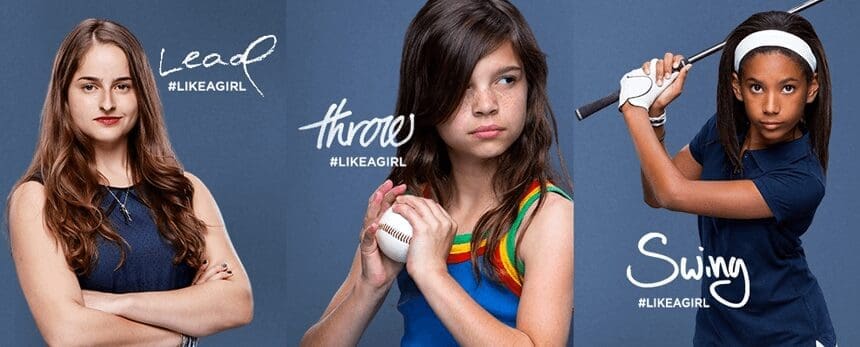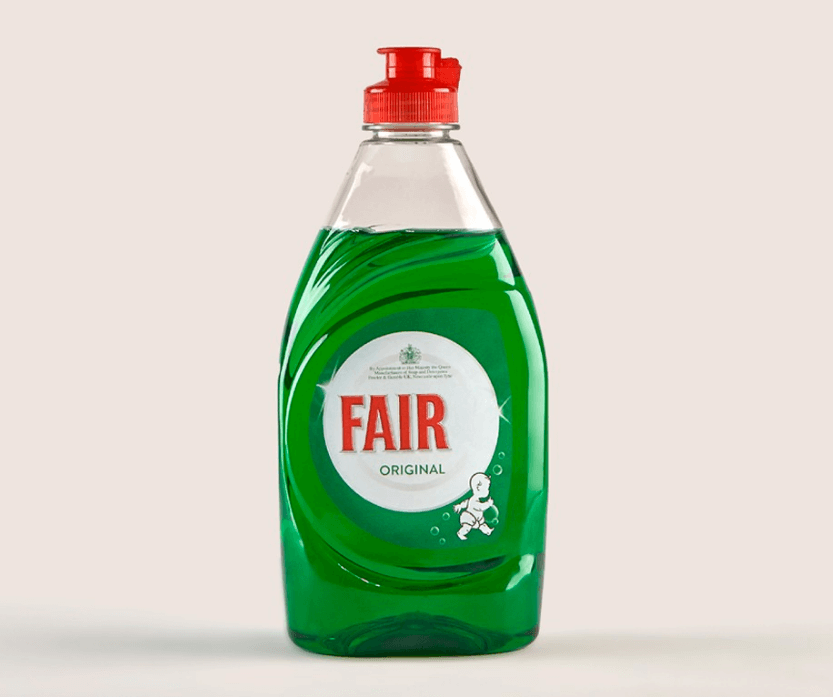
Navigate an unpredictable landscape with actionable, data-driven strategies tailored for your business from the brand down to the local level.

On International Women’s Day, DAC thought it would be relevant to take a look at women in digital marketing, and how we are represented in today’s flourishing marketing industry. The marketing/advertising industry historically has a reputation as being male dominated, unwelcoming towards women, and often downright-sexist. While the Mad Men-esque era of this industry has thankfully ended – women are now working, and succeeding, in large numbers (and in positions other than that of secretary) – but just how far has gender equality really come in this industry?
The figures
In 2015, The Candidate conducted research on ‘Women in Digital’, looking at “how women are paving their way in the traditionally male-dominated industry, the extent of the male/female divide, whether salaries are gender neutral, and the state of flexible working and benefit policies.”
Studying over 150 digital businesses across the UK, they discovered the following:
Of course, this last figure could just mean that more women are joining the industry at entry level – a positive sign! However, as across most other industries, the gender wage gap still very much exists. Evidence exposing this pops up regularly in the media – just recently it was reported that Snapchat’s sole female board member (the only woman on a board of 8), Joanna Coles, was paid a fraction of what her male counterparts earned in 2016.
The Candidate’s findings are echoed within Ireland as well, where the Digital Skills Gap Report found that while women can be up to 11% more digitally proficient than men, they only represent 30% of the digital marketing workforce, and fill a mere 6.5% of director positions. Ultimately, 71.7% of the entire digital marketing workforce is male.
Are these figures necessarily a result of sexism?
The question often raised, is whether the sector itself is to blame for the general lack of women and unbalanced gender leadership ratios? Some people argue that women are absent due to their failure to assert themselves, and their general unwillingness to aggressively self-promote as much as men might do.
In an 18-month study, Dr. Judith Baxter studied the patterns of speech used by both men and women during meetings at large companies (including two of FTSE-100). She found that women “were four times more likely than men to be self-deprecating, use humour and speak indirectly or apologetically when broaching difficult subjects with board members in order to avoid conflict.” The result of this being that women often came across as ‘weak’, or full of self-doubt.
This has been translated to provide many with the excuse that if women were to make an extra effort to appear self-confident and assertive in the boardroom, using strong language, they would get further.
While there is point to be taken here – confidence is important for anyone, regardless of their gender, to command authority in an influential position – context is important and cannot be disregarded. The reality is that women often do still face various forms of gendered discrimination in the workplace preventing them from advancing or feeling comfortable and welcome.
In 2014, The Drum conducted their ‘Women in Marketing Survey’, questioning over 500 women. Almost half (49%) said they had experienced sexism at some point in their careers; clear evidence that discrimination is still a persisting problem in the industry.
On International Women’s Day in 2016, TBWA released a powerful video of a number of male employees in the company reciting actual quotes taken from a global survey asking women in advertising to comment on any of the issues they’ve faced in their careers.
[iframe src=”https://www.youtube.com/embed/R4dKUmV856A?rel=0″ width=”560″ height=”315″]
This powerful video illustrates how strongly women experience gendered pressure, expectations and discrimination in the marketing workplace.
Is inequality in the workplace normalised by gendered stereotypes in advertising?
Subscribe to our monthly newsletter.
A question to ask, is can we really be surprised when women within the marketing/advertising industry feel un-welcome in the workplace, when even in this day and age, advertising continues to propagate and encourage gender stereotypes, and as a result, sexism?
At the end of 2016, Unilever surveyed 9000 men and women across 8 markets, asking how they felt about the gender stereotypes being portrayed in adverts. The survey found that traditional beliefs encouraged in advertising are holding women back. 67% of women feel pressured to simply ‘get over’ any inappropriate behavior they encounter, while 64% believe that men don’t challenge each other when they witness sexist behaviour.
The consensus was that the stereotype of women being more domesticated is harmful, with more than half of the women surveyed seeing this perception as a huge barrier to them being seen as equal to men in the workplace. Nearly 70% of those involved (men & women) said the world would be a better place if children were not exposed to gender stereotypes in media and marketing.
This survey was born from Unilever’s recent decision to remove all stereotyping from their own advertising in a campaign called #Unstereotype, as the company has been slammed for promoting sexism in the past. The company has pledged to drop all sexist stereotypes from its advertising after research suggested that 2% of their ads showed ‘intelligent women’ in 2016. Women were very rarely presented as having authority, with only 3% of ads featuring women in managerial, leadership or professional roles, and disproportionately represented in domestic roles.
This move towards overcoming gendered stereotypes in advertising has gained traction in the last year or two, with huge campaigns such as Dove’s ‘Choose Beautiful’, Sport England’s ‘This Girl Can’, Nike’s ‘Better For It’, and Always’ ‘#LikeAGirl’ gaining more than 100m views in total. Brands seem to be realizing the power of their messages, and are trying to contribute positively towards the equality debate with relevant initiatives and content.
For 2016’s International Women’s Day, P&G contributed to this debate by temporarily changing their iconic Fairy brand to just ‘Fair’, in a powerful effort to call out stereotypes surrounding women and the home. They stated this campaign was built on the fact that while over 50% of the workforce in the UK is female, women still spend, on average, 117 more minutes a day on housework than men.

The truth is that increasing the positive representation of women in media and marketing works hand-in-hand with achieving greater gender equality in every workplace, not just within the marketing industry.
Conclusion
While much progress has been made in past decades, it is clear that a certain degree of gender discrimination and sexism continues to linger within the marketing/advertising industry (as it still does in many others). Serious work still needs to be done by companies and individuals, male and female, to make gender equality a living reality.
Contact DAC today to find out more!
Navigate an unpredictable landscape with actionable, data-driven strategies tailored for your business from the brand down to the local level.
Navigate an unpredictable landscape with actionable, data-driven strategies tailored for your business from the brand down to the local level.
Navigate an unpredictable landscape with actionable, data-driven strategies tailored for your business from the brand down to the local level.
Subscribe to our monthly newsletter.